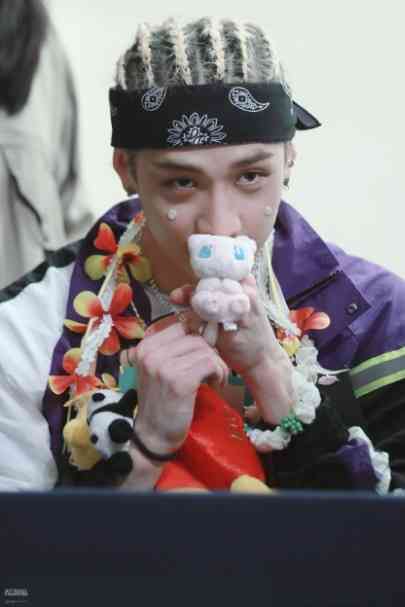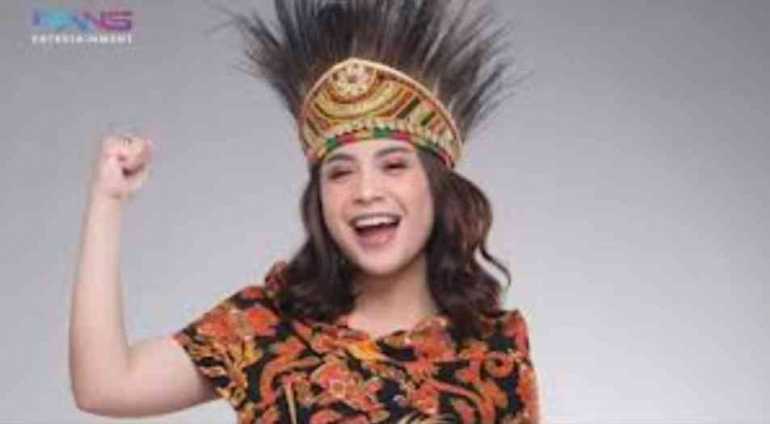In this era of globalization, the world has become increasingly advanced and modern, as have the societies within it. Technological progress can influence us and enable us to adapt to it. We must filter all incoming influences carefully, so we do not haphazardly follow what we think only fits our aesthetic. Sometimes, the little we know about these influences can lead us to the phenomenon of cultural appropriation. This phenomenon has frequently occurred in society and is problematic because some people are not even aware that they are engaging in cultural appropriation of cultures that are not their own. So, what is cultural appropriation?
DEFINITION & EXAMPLES
Cultural appropriation refers to the actions of individuals from dominant groups who adopt or, in this context, take something from historically oppressed groups. This involves a lack of understanding of the history or meaning of what they take. In other words, this is done without considering the sacred meaning and value for marginalized groups, and they do not receive credit for their own culture when it is used for aesthetic purposes by individuals who are not part of their group. This is concerning because dominant groups have power and authority and may commercialize elements of marginalized cultures without facing punishment or consequences, whereas marginalized groups only receive hatred for asserting what is rightfully theirs.
For instance, this action is quite often seen among K-pop idols, such as Bangchan from Stray Kids. In April 2019, Bangchan wore cornrows as his hairstyle during a fansign event. This sparked outrage among many people. Cornrows are not just a hairstyle; they are an important cultural symbol for African-Americans and carry significant history. Unfortunately, some African-Americans still face discrimination for wearing this hairstyle, while people from dominant culture (like Bangchan, who is Korean) are considered cool and edgy for sporting it. And that is the reason why many people are upset about it.

Another example can be found in our own country, Indonesia. This occurred with a well-known artist in the country, Nagita Slavina, who was accused of cultural appropriation of Papua culture. Some time ago, Nagita was filming a commercial for the XX National Games (PON XX) wearing traditional Papua attire. Many netizens criticized this action, considering it as discrediting and portraying incorrect stereotypes of Papua people. Meanwhile, from the commercial, it's evident that those who benefited were Nagita and the PON XX Committee.

CAUSES
Cultural appropriation is caused by a complex interplay of factors. One of the major factors is the lack of understanding and respect for other cultural contexts. As previously mentioned, most people tend to follow what they think is cool and fits their aesthetic. For example, the braids hairstyle worn by African Americans. People from dominant groups may think this hairstyle is cool and then wear it without knowing the context and meaning behind it.
The imbalance of power also has a significant impact on this issue. As we have discussed, there is a significant difference in power and authority between different groups. With greater power and authority, one group can easily influence others, leading to the potential gradual loss of cultural identity elements of the oppressed group if left unchecked.









